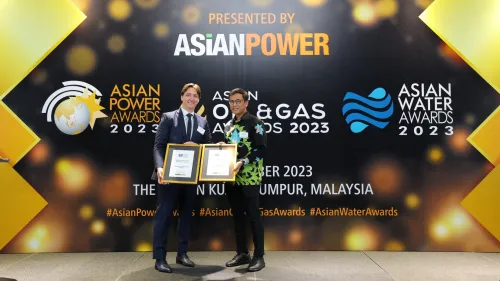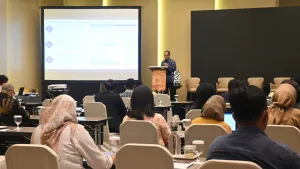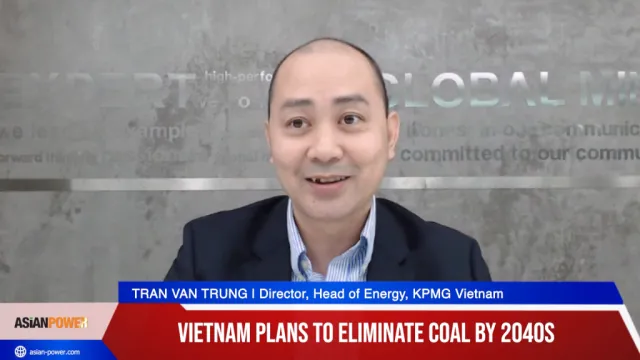An Alternative Power Development Plan for Thailand
Thailand’s Power Development Plan (PDP) is the master investment plan for the country’s power system development prepared by the state-owned Electricity Generating Authority of Thailand (EGAT). The official PDP 2010 reflects a planning process in crisis by selecting excessive amounts of controversial, expensive, risky, and polluting power plants over cheaper, cleaner, and safer alternatives, the PDP is at odds with both Thai energy policy as well as the interests of the vast majority of Thai people.
In response to the flaws of Thailand’s PDP, a new report and PDP entitled Proposed Power Development Plan (PDP) 2012 and a Framework for Improving Accountability and Performance of Power Sector Planning was developed by Thai energy experts Chuenchom Sangarasri Greacen and Chris Greacen. The report was endorsed by more than 140 Thai civil society groups and was presented to the Thai government in April 2012. The PDP presents an alternative plan that is more consistent with Thai policy and the interests of Thai people than EGAT’s most recent power development plan, the PDP 2010. The plan also shows why energy from the Xayaburi and other Mekong mainstream dams and other destructive energy options are not needed in Thailand.
This study also concludes with policy recommendations to improve the planning process, as well as reforms to the industry and regulatory structure so that the development and operation of the power sector will move closer towards the government's stated policy objectives.
The report recommends the following key policy recommendations:
1. Adopt a framework for holding PDPs accountable to official policy objectives:
Energy security: procuring sufficient energy supply to meet demand
Energy reliance: reduced dependency on imports
Promotion of renewable energy
Efficient use of energy
Diversifying fuel risks
Reducing CO2 emissions
Minimizing impacts from energy procurement
Fair and reasonable costs of energy service to consumers
2. Implement a bottom-up load forecast methodology in place of the current econometric load forecasting methodology.
3. Reform the power development planning methodology and process towards Integrated Resource Planning (IRP)
4. Incentivize utilities to promote energy efficiency
5. Invest in Thai capacity to evaluate and verify of EE savings.
6. Remove the onerous “Managing Committee on Power Generation from Renewable Energy Promotion” overseeing VSPP project approval
7. Allow mandatory third party access to PTT’s gas transmission pipelines network
https://www.internationalrivers.org/resources/an-alternative-power-development-plan-for-thailand-7693


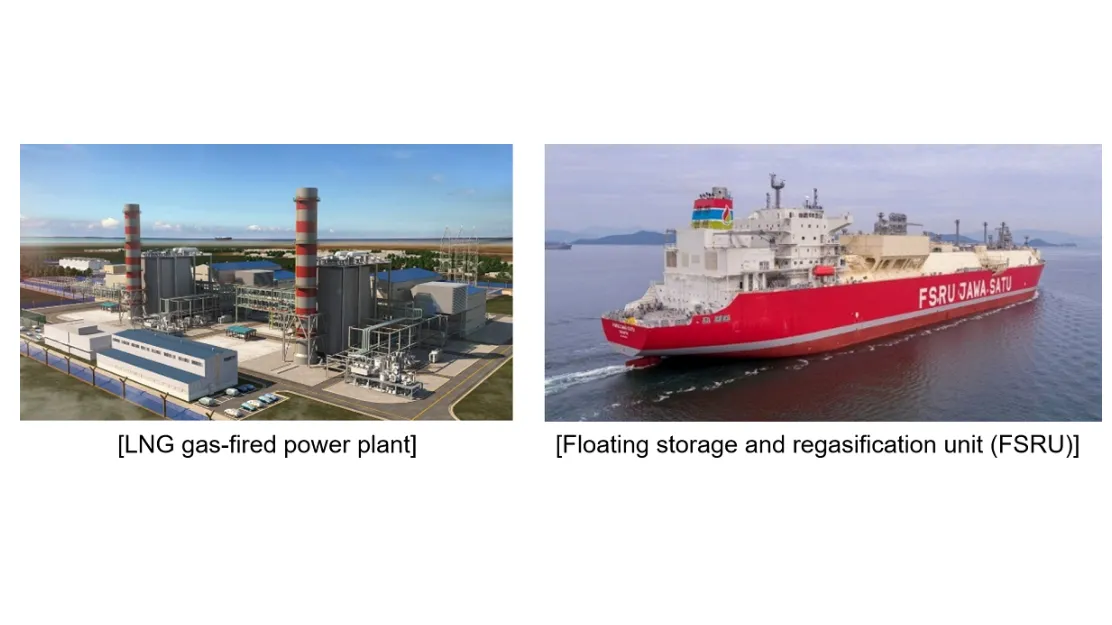
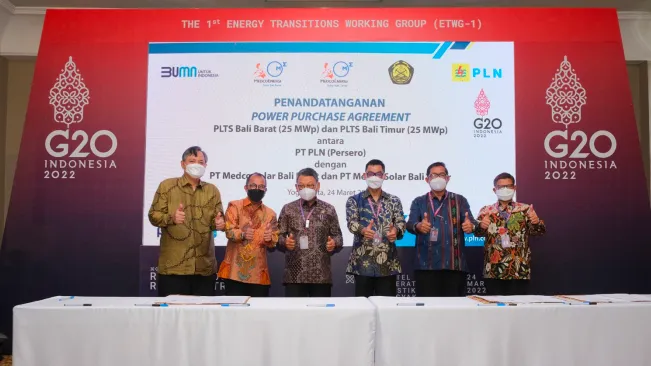





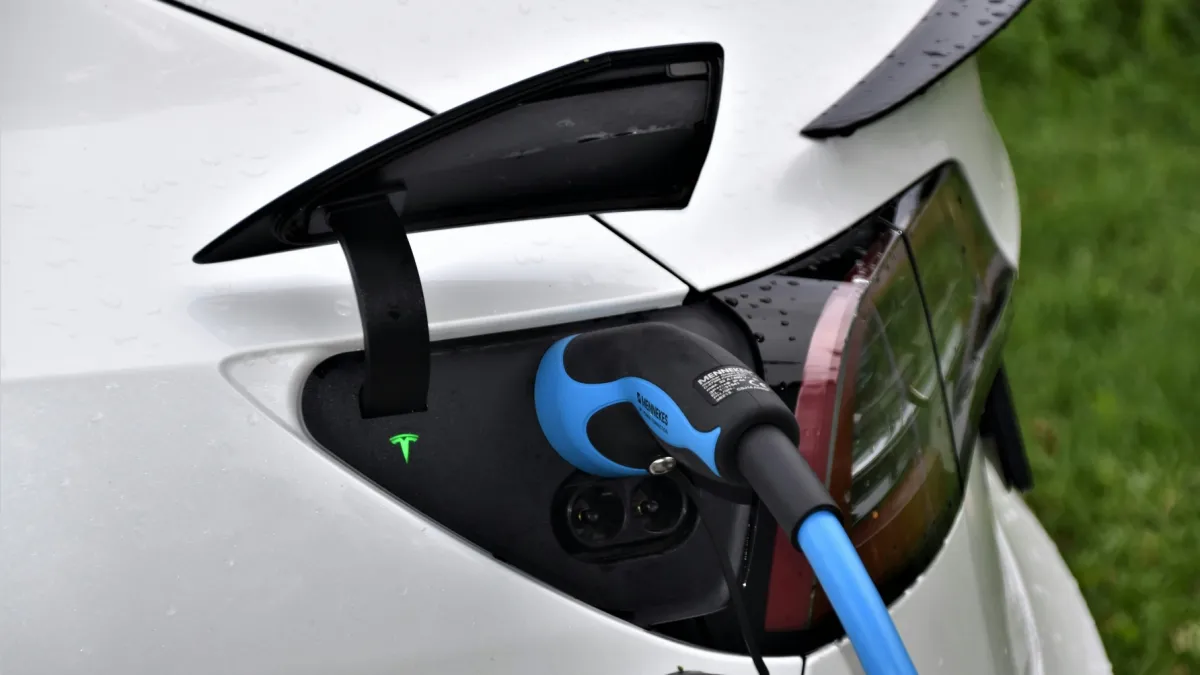



 Advertise
Advertise
